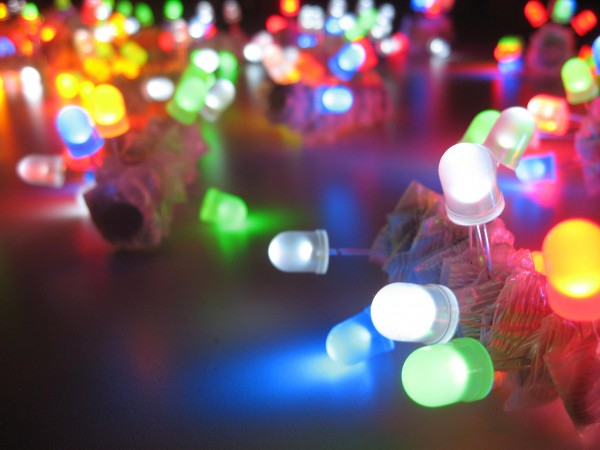I don’t know terribly much about LED lights, but enough to know that they are quite a lot more efficient that conventional lighting, hence why household and personal lighting has largely adopted it as well as portable devices, most notably smartphones. LED screens are all the rage now, but apparently even they are quite inefficient themselves – light that is emitted by the diode can potentially get trapped within the LED’s structure, causing not only wasted energy but creates heat within, reducing its overall lifespan. Thankfully though, some nanotechnology researchers at Princeton University have used their know-how and created a new nanoscale structure which can allegedly increase the brightness and efficiency of LEDs by 58 percent.
The research also shows that with this improvement in brightness and efficiency comes a 400% increase in picture clarity, courtesy of some manipulation of light at a level only nanotechnology has enabled us to use. It’s pretty incredible stuff and you can read their full findings here if you’re particularly interested. But for the rest of us, what tangible differences could this potentially have for our smartphones? Increased battery life is probably going to be a big consequence of this, as will general screen clarity if these findings are true – who needs 2K displays anyway? – and perhaps most importantly, these new methods could potentially make smartphone screens cheaper, and presumably, smartphones cheaper as well.
What do you think about clearer, cheaper, more efficient smartphone screens? Let us know your thoughts in the comments below.
Source: Phys.org via Phone Arena










